Friday starts with another late breakfast. One could get used to this. The group then divides, several electing to stay around the hotel for the morning, but I join a group who go across town to a viewpoint which is a good location for both still and drone photography.
Lee and Yasmin both fly their DJI Mavic drones, which are almost large enough to need a freight licence. They unpack them onto the mats, press “take off” and go. I launch my diminutive Mini 3 Pro, the size of a couple of packs of cigarettes, hoping for a similar low-friction experience, but no, I am apparently too close to the airport and need special permission!
Ebu, our guide who is a drone specialist, takes one look at the controller screen and just shakes his head, but he has reckoned without Andrew’s “dog with a bone” approach to being told something is not possible. It is an arcane process. I have to launch the drone and have it hovering to trigger the process, then I have to connect the controller to WiFi to fill in the registration, then I have to get a text on my phone, then I have to land the drone and disconnect WiFi for the authorisation to complete. By this time the drone’s battery is almost empty so I swap it out, take off and get the warning again, and have to repeat about 80% of the process…
To paraphrase Those Magnificent Men In Their Flying Machines: “Up, Down, No flying around…”
It is all worth the effort as Ebu then gives me a lesson on drone flying and I learn a few useful techniques. I get a couple of nice panoramas of the city, but in terms of the classic “pretty roofs” shot I think I prefer my shots from the incoming plane flight. Oh well.
Lunch is at a Turkish restaurant. They don’t have beer. Fair enough, maybe they are Muslims. But then we work down the drinks list, and discover neither do they have coke, fresh-brewed tea, or bottled water! There’s no explanation, and we just end up sending one of the drivers out for water and coke. Very odd.
I opt to walk back from the restaurant to the hotel via the main shopping square, but it’s not a great success. I do find one shop with “tourist” T-shirts but they are all ghastly, horrible designs and not good quality. I may have to manufacture my own.
From the hotel we head south of Ulgii on a good paved road which takes us almost the whole way to a pretty lake surrounded by mountains, Lake Tolbo. There we are joined again by several of the first group of eagle hunters, who do a bit more “riding dramatically through the water”, and then we all climb a rocky outcrop to get photos of them in evening light with the dramatic scenery behind them.
We watch a dramatic sunset, then head back on the relatively short drive to town.
At a different restaurant we hear a familiar refrain. No wine or beer, and we’re not allowed to bring any in. Apparently the local administration has decided that to fit with Muslim sensitivities Friday should be “dry”, alcohol free, like Sundays in Wales when I were a lad.
That’s fair enough, but things seem to have spiralled out of control and again we’re told they are now out of soft drinks and water. One of our drivers does the necessary, but this does seem like an odd consequence of the legislation. Either the restaurants are over-interpreting the rules as “no drinks”, or they are not managing things very well. Surely Friday arrives on a sufficiently predictable schedule that they could stock up?
Dinner is very tasty, but takes a long time to arrive, especially Yasmin’s pizza. That’s so late that it doesn’t all disappear, and I snaffle a couple of slices as an alternative to the execrable hotel breakfast. Back at the hotel I discover one last can of beer and head for the terrace, but sadly comms are down and no-one joins me. However it’s still a nice way to bid farewell to Ulgii.
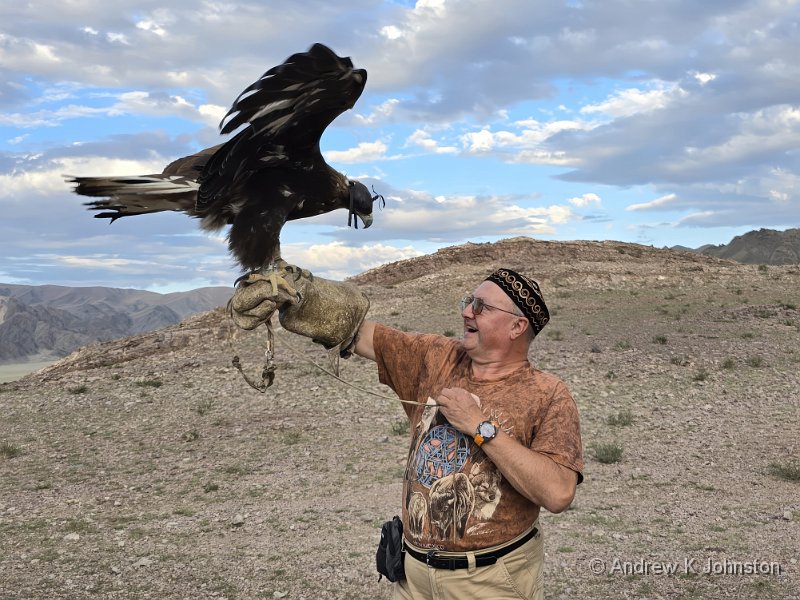
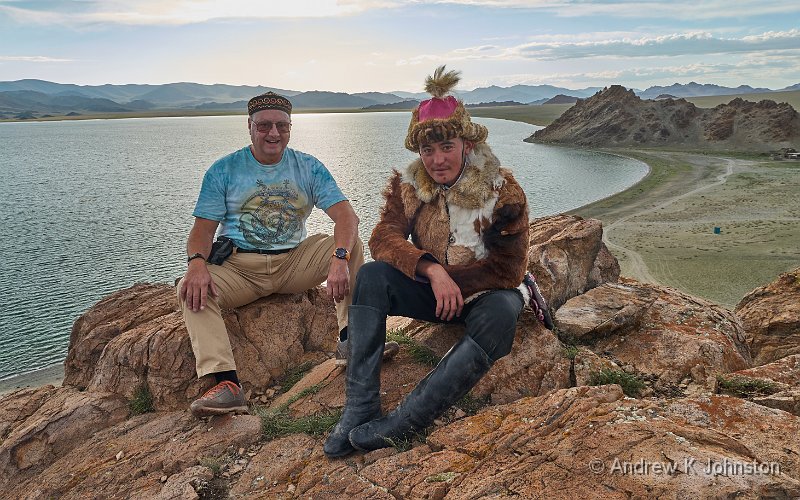
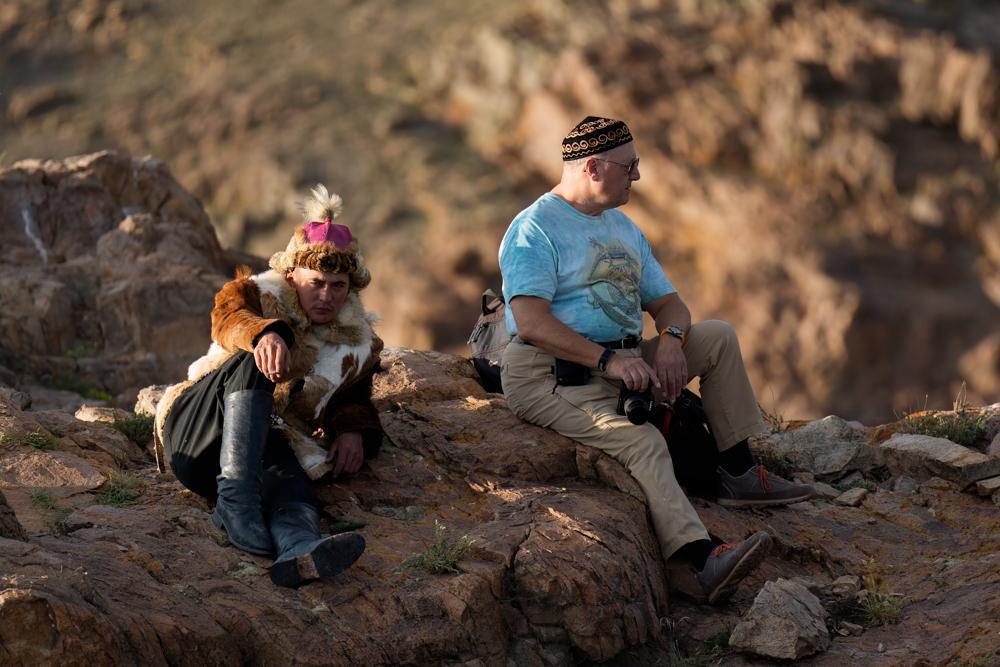
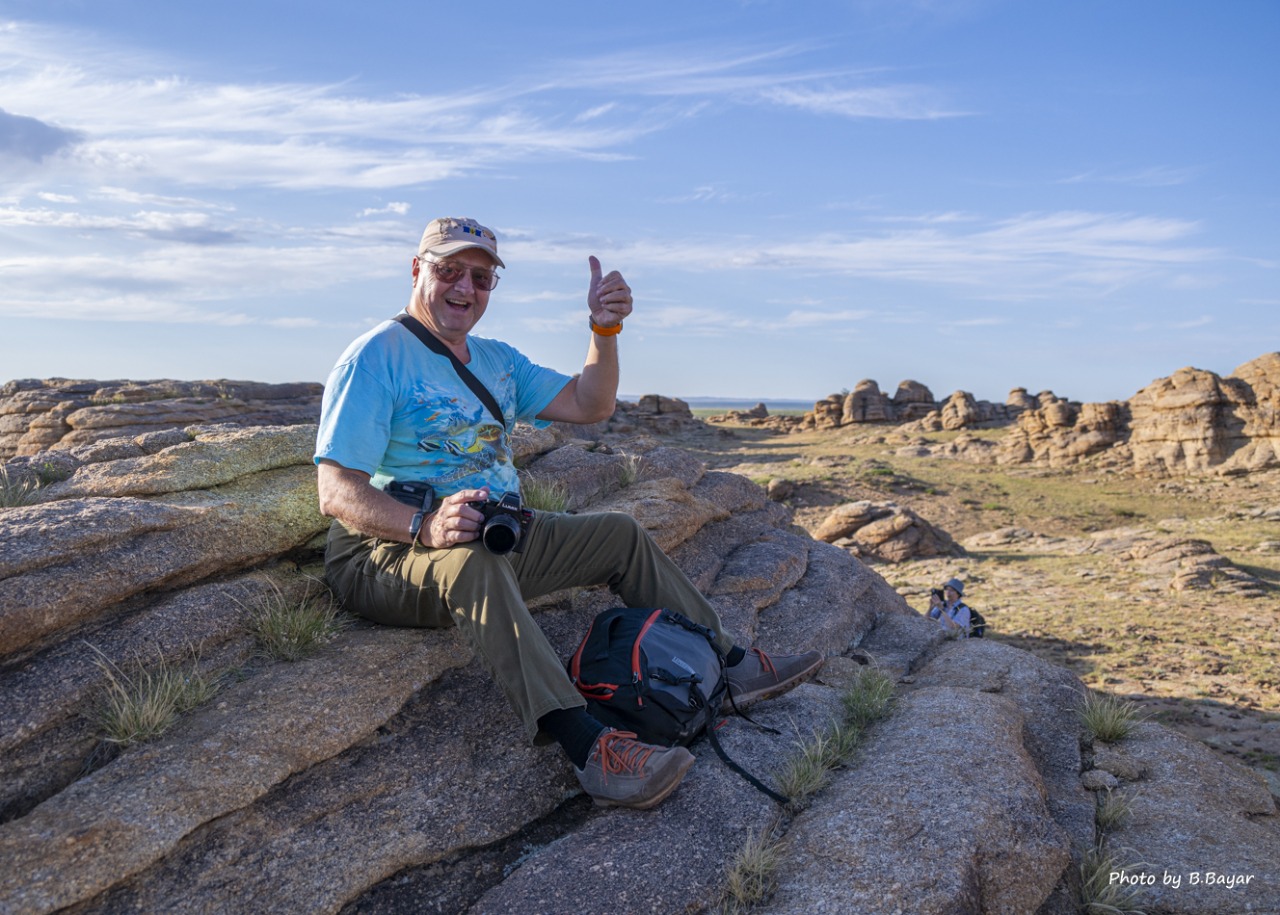
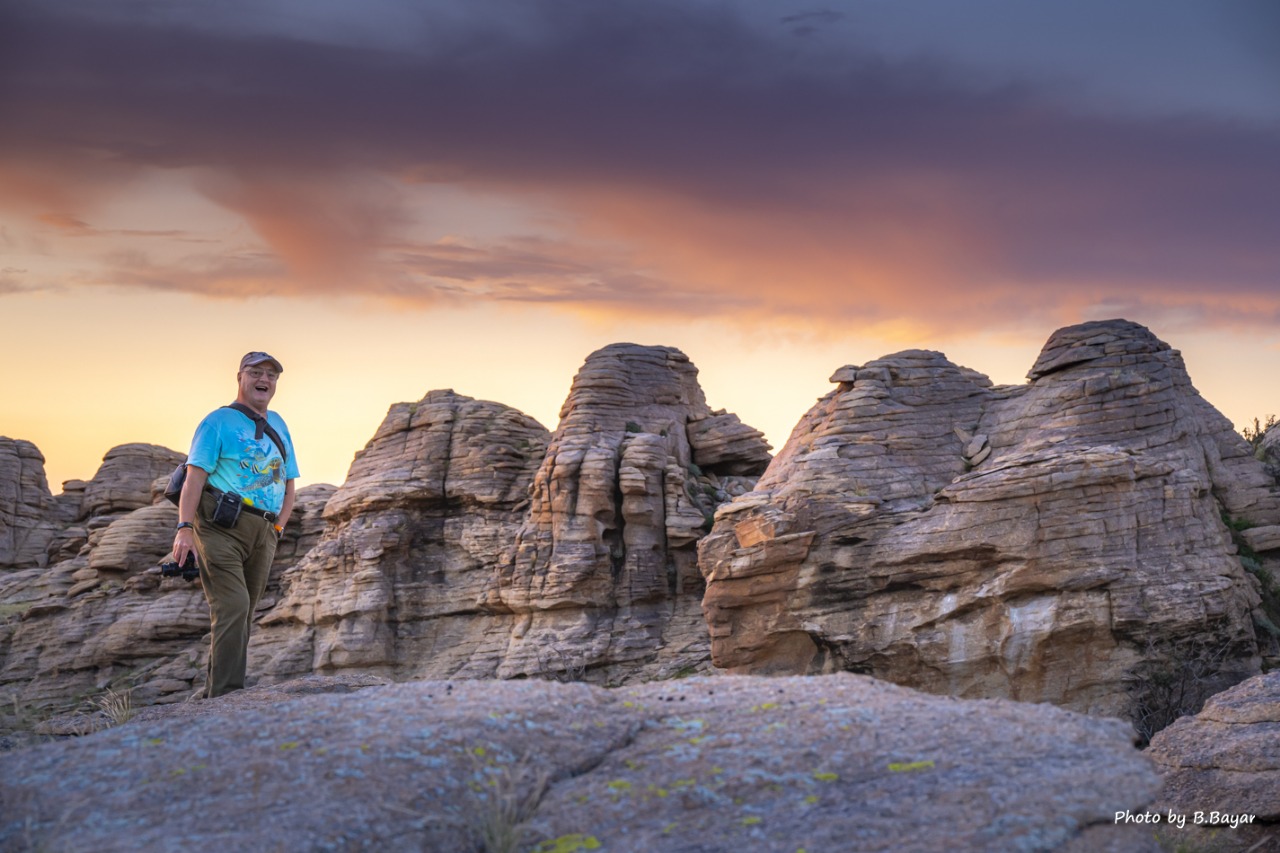
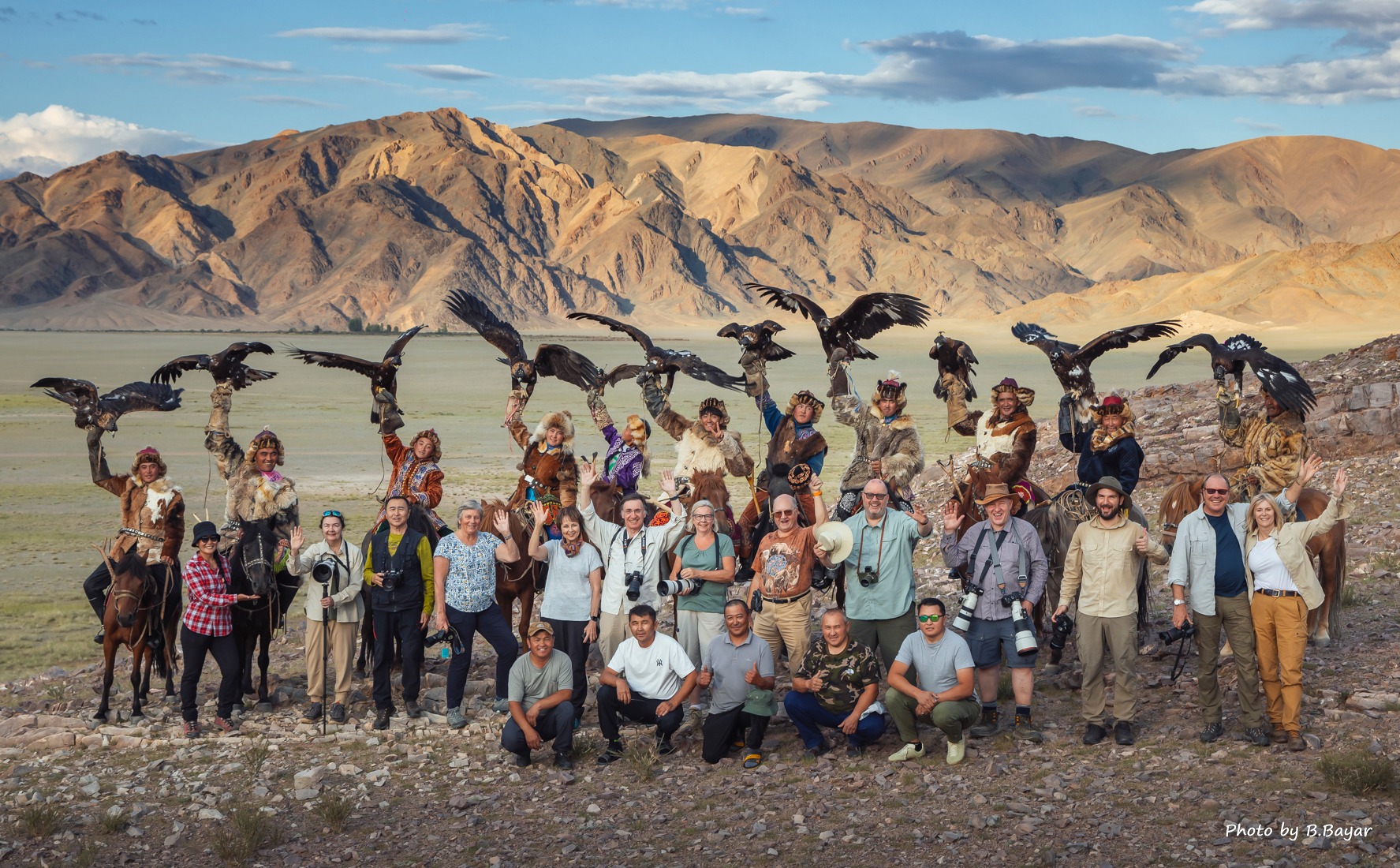

 List
List Abstract
Abstract One+Abstract
One+Abstract

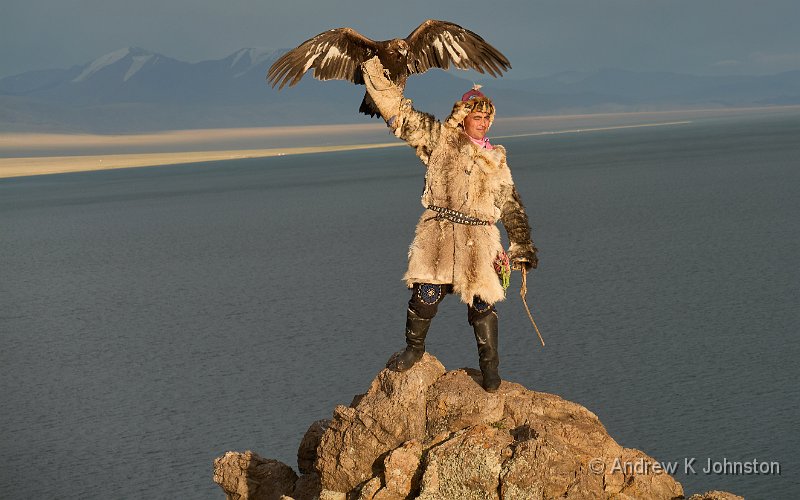


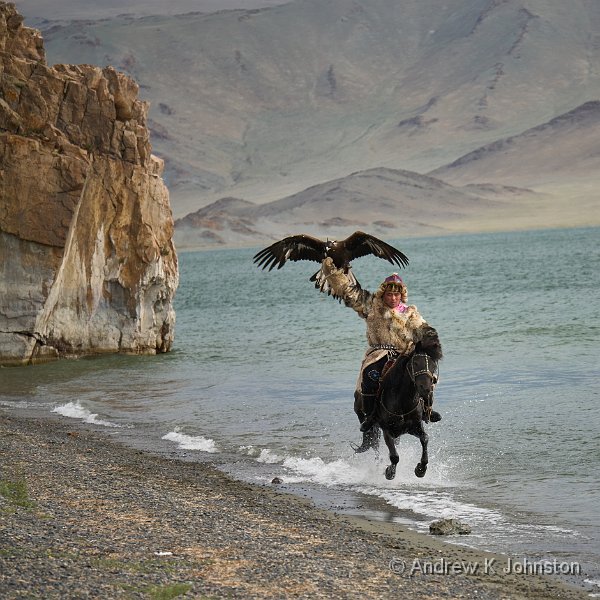
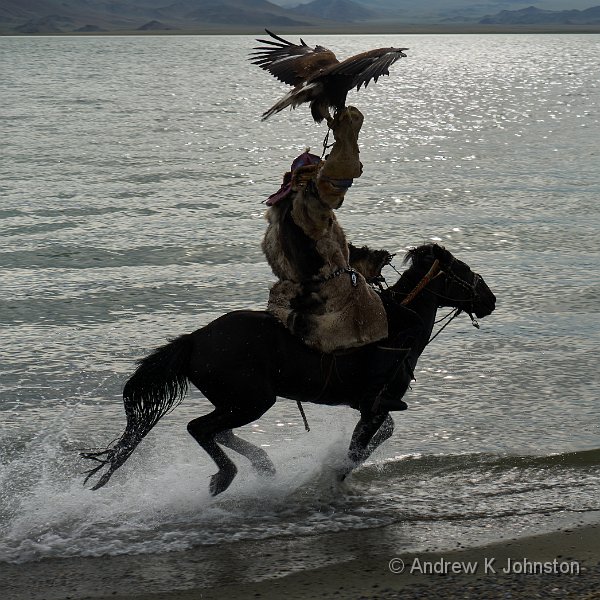
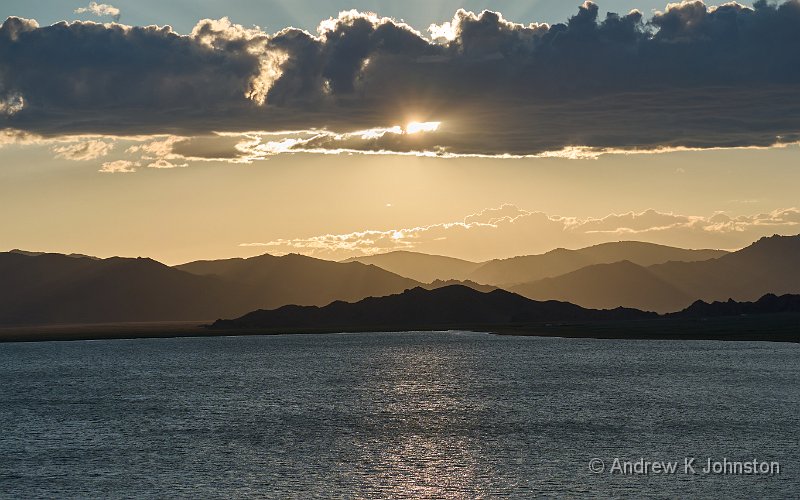
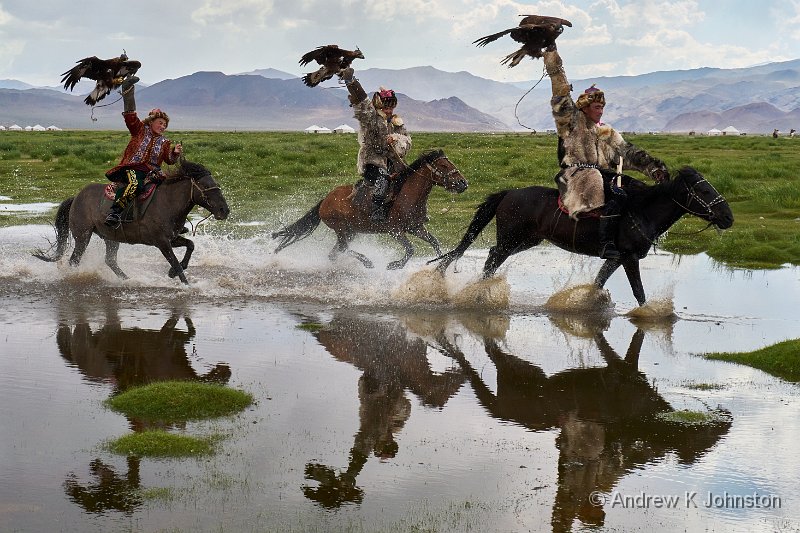
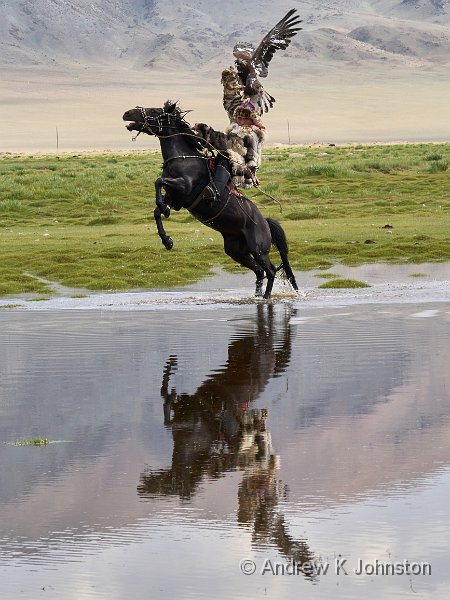
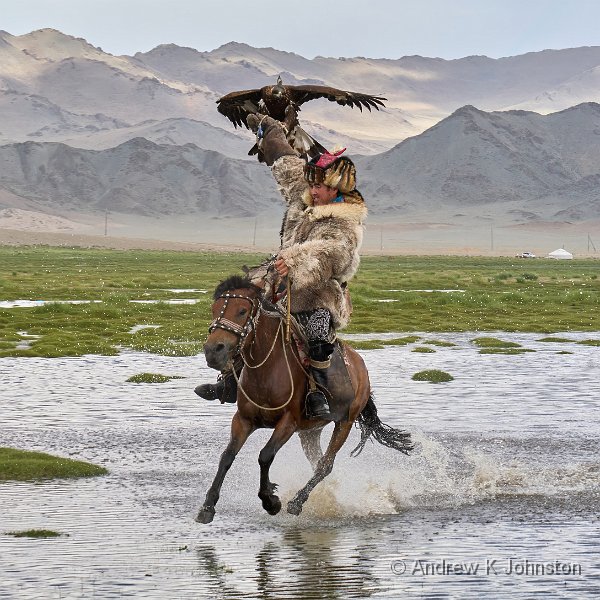
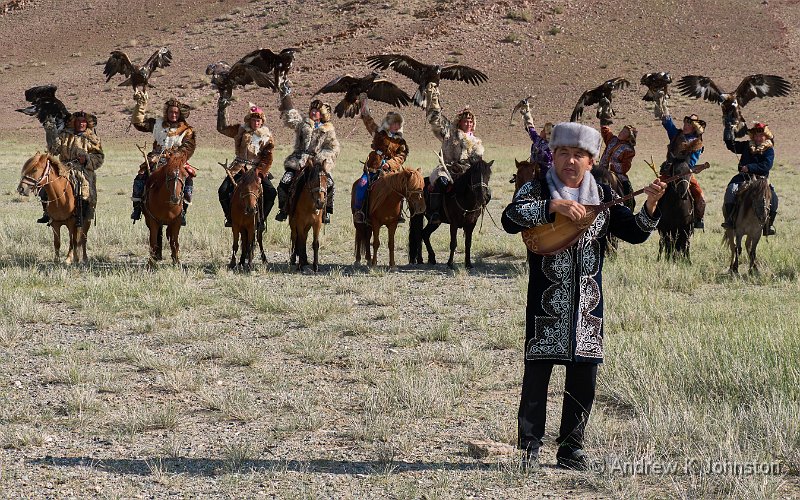
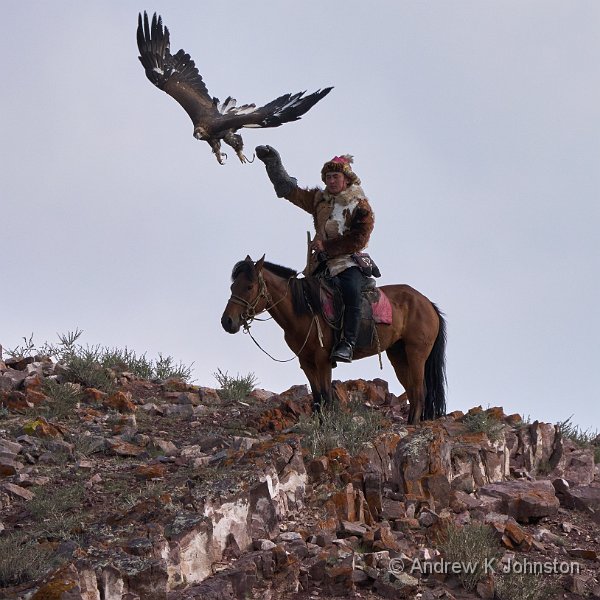
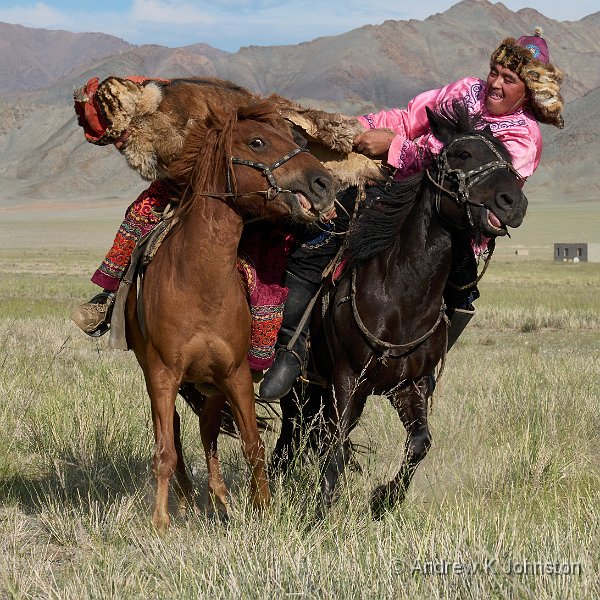
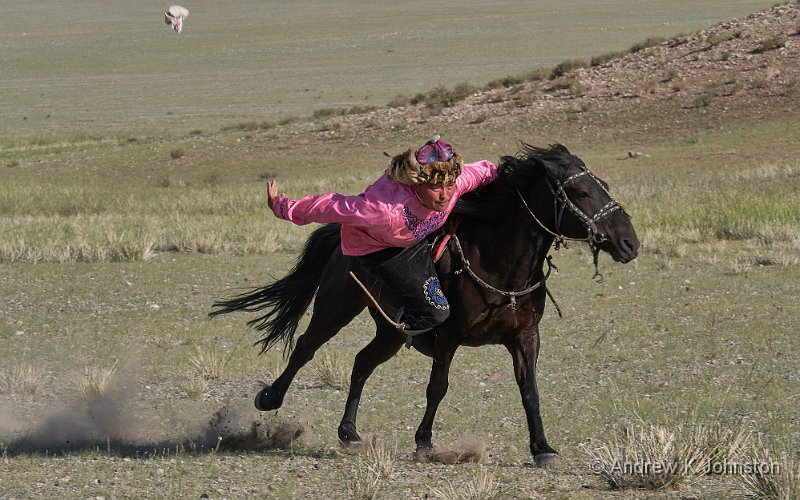
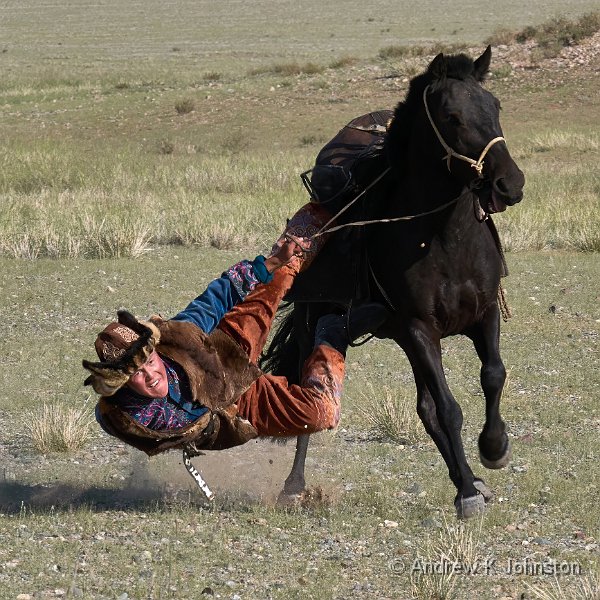
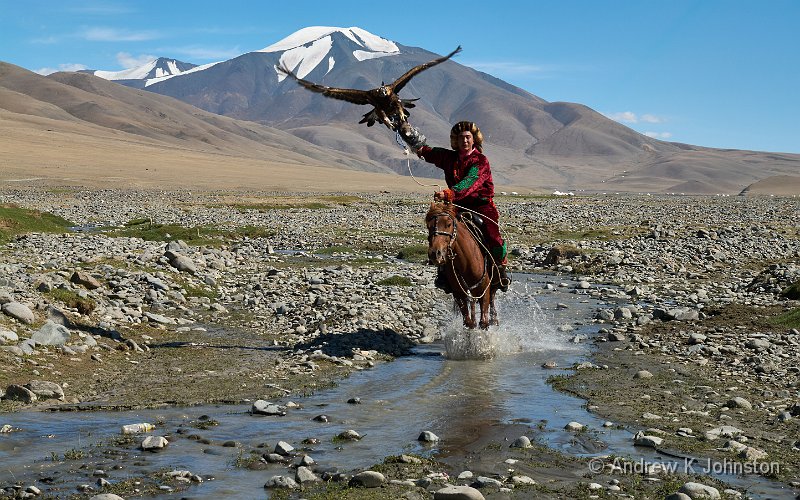
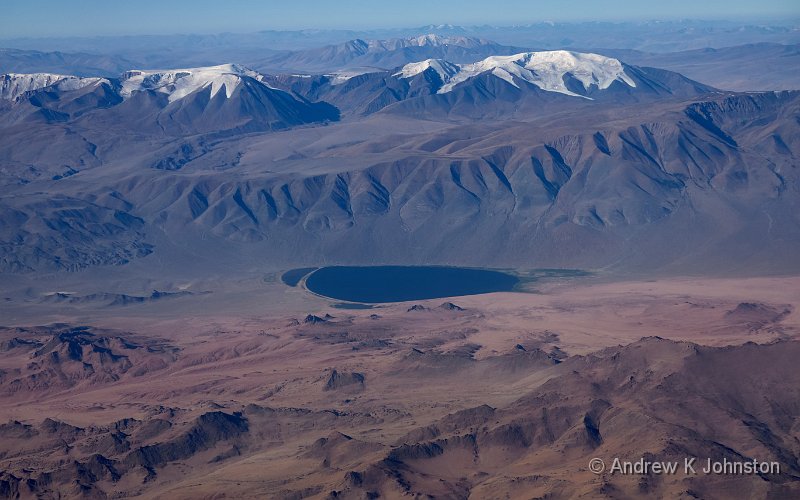
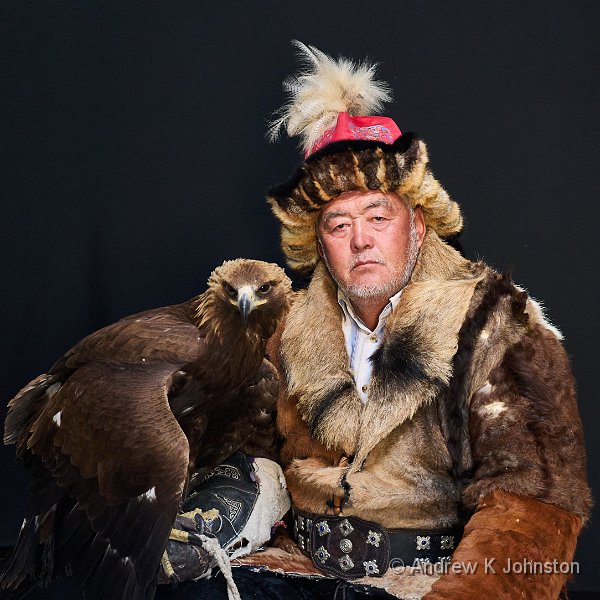
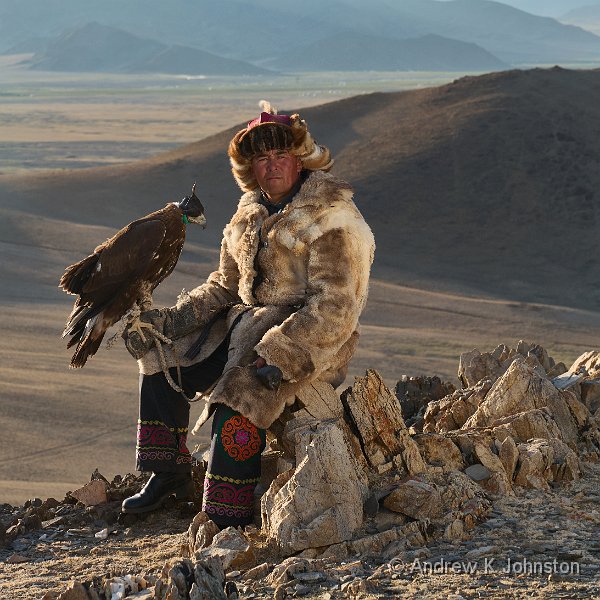

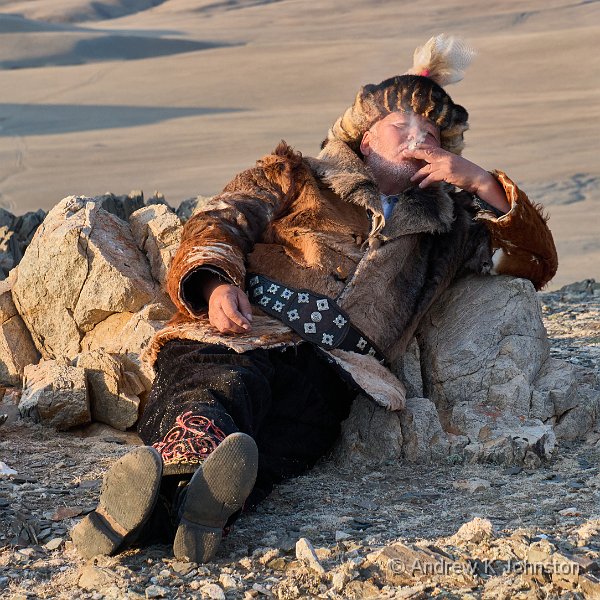
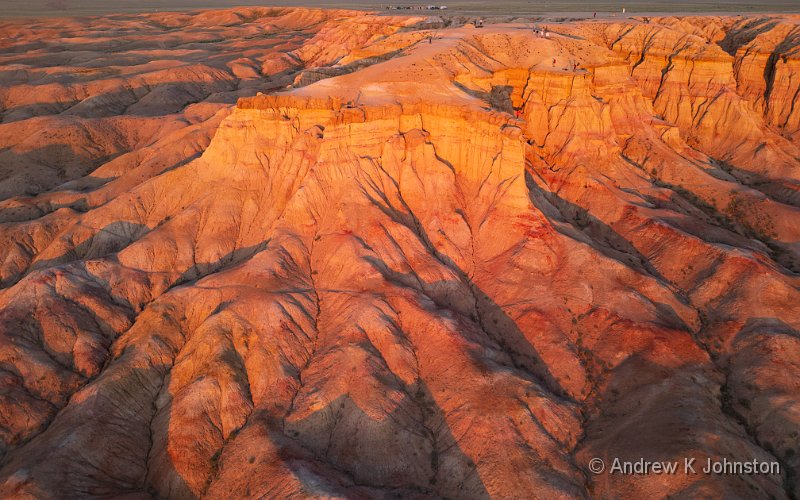
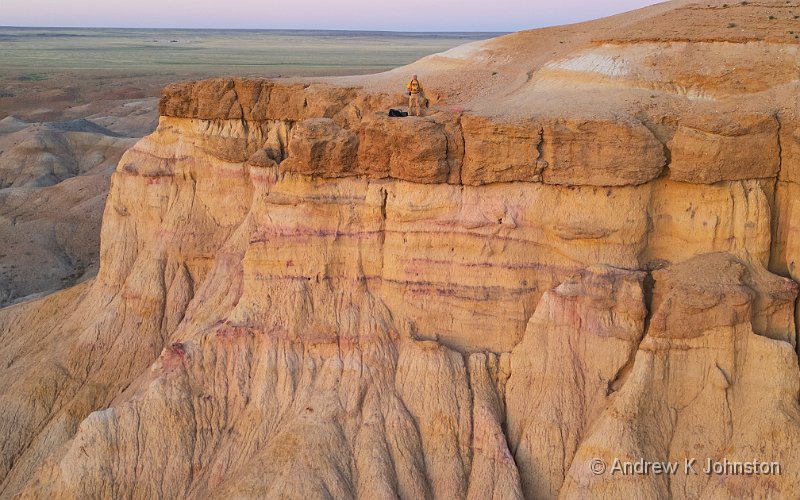
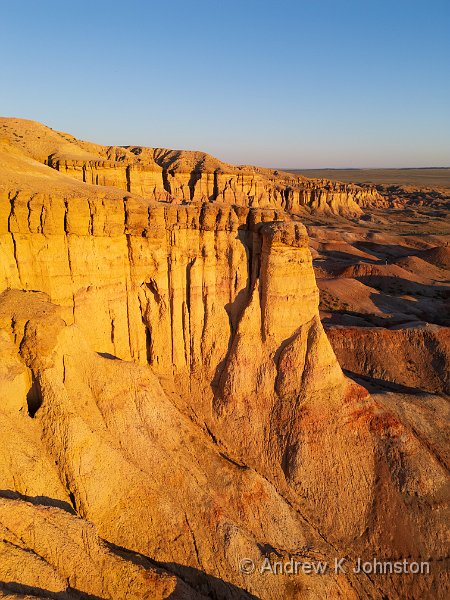
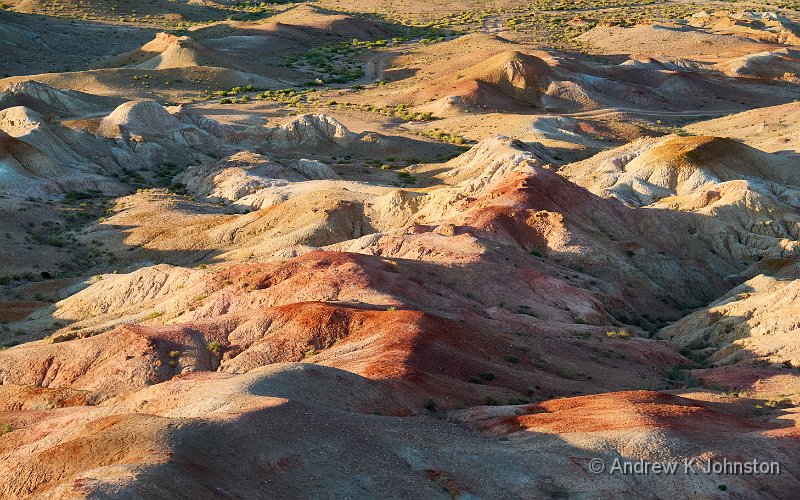
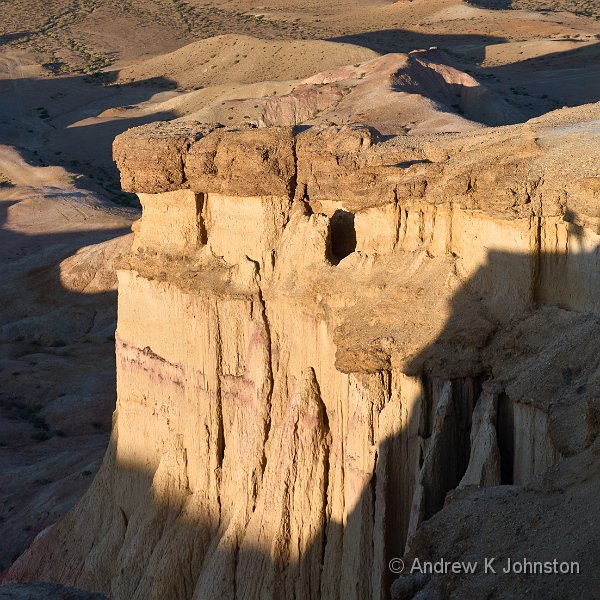
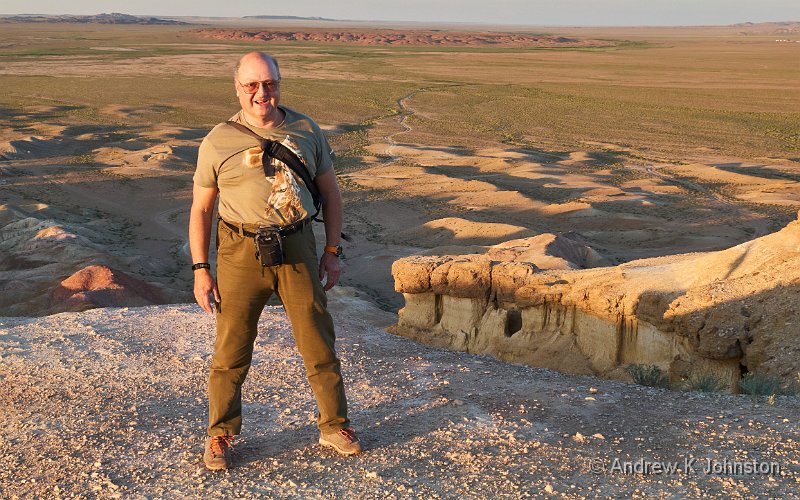
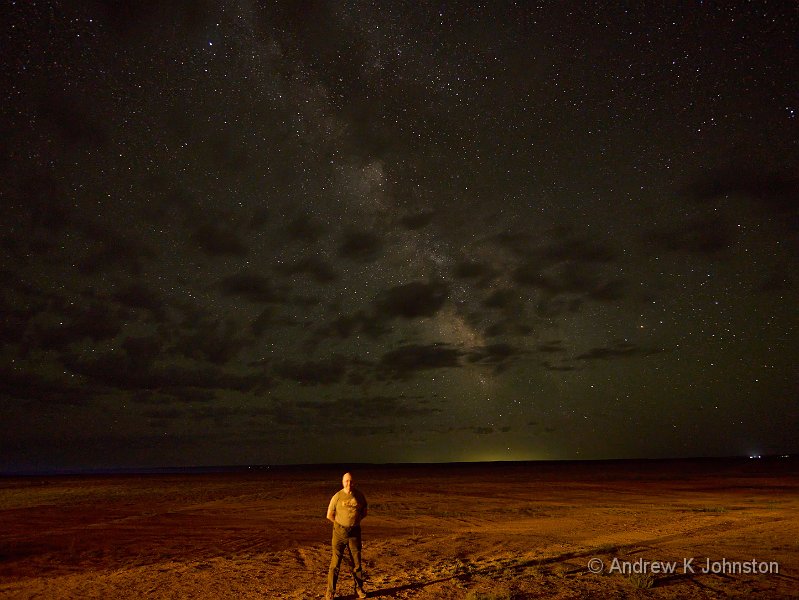

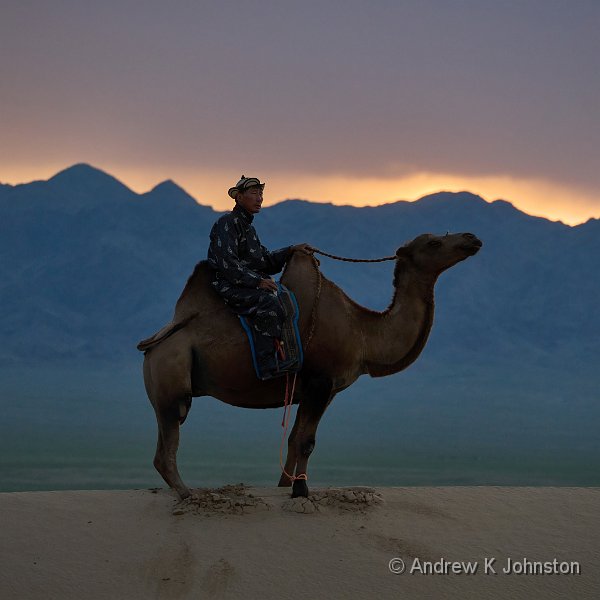
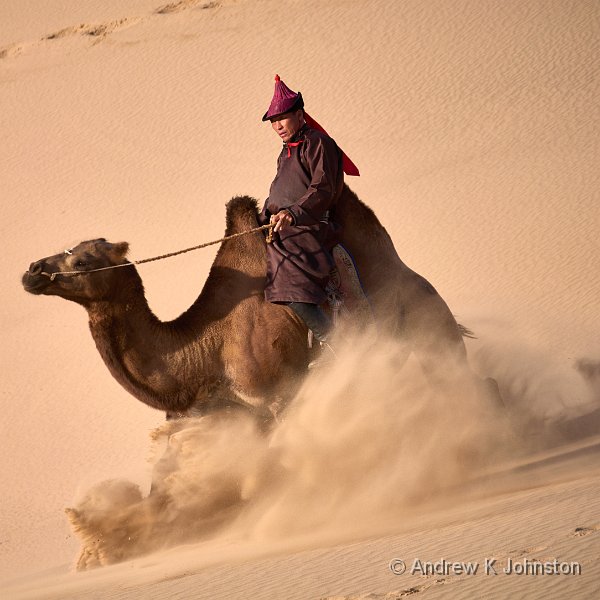
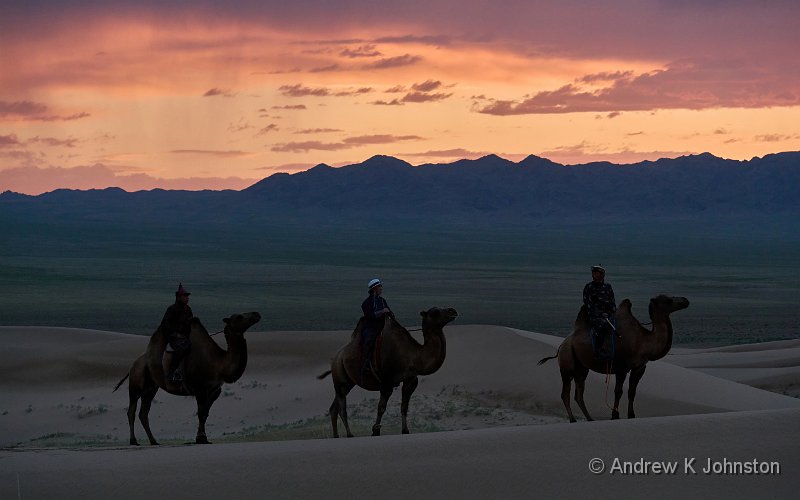
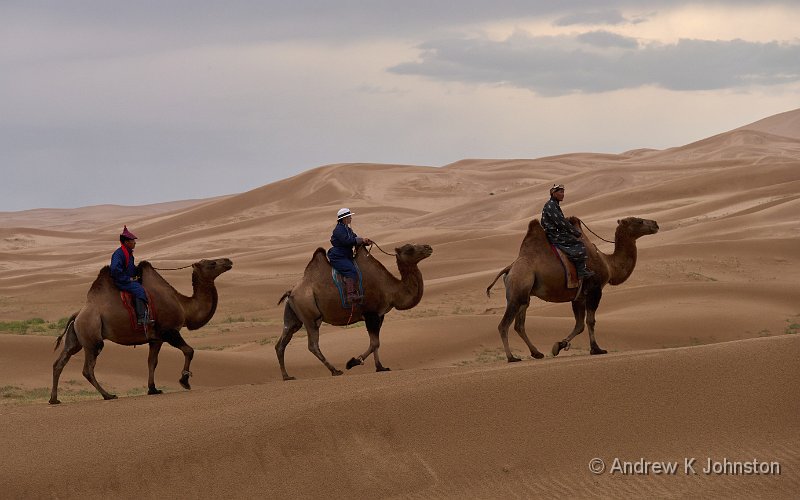


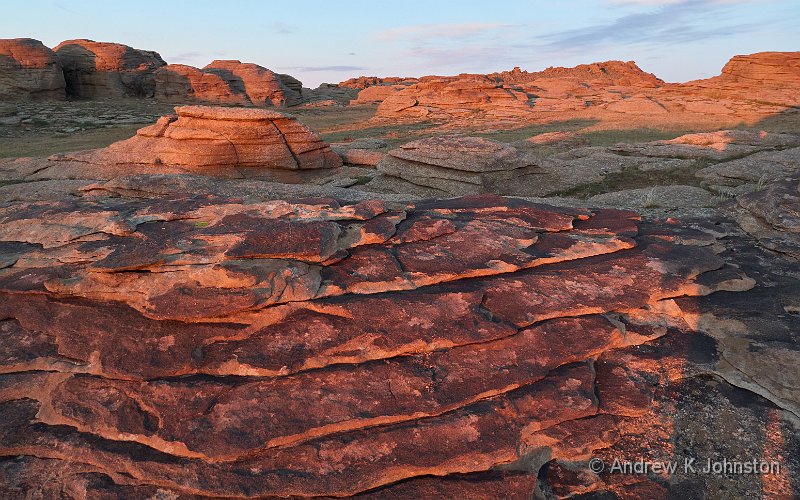
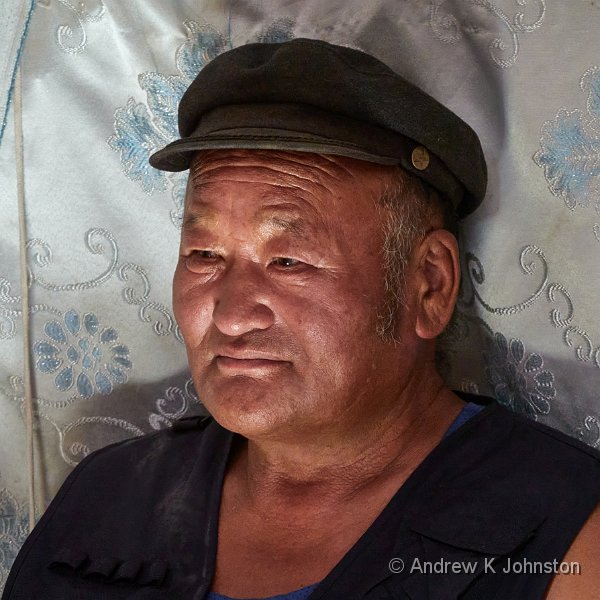
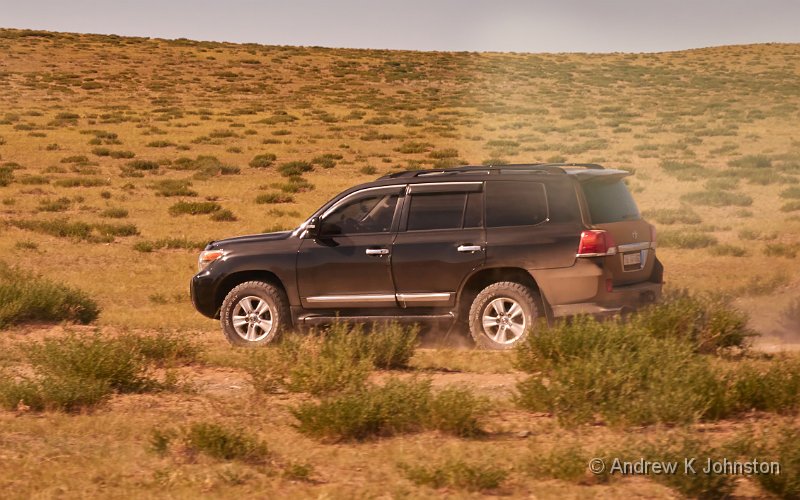
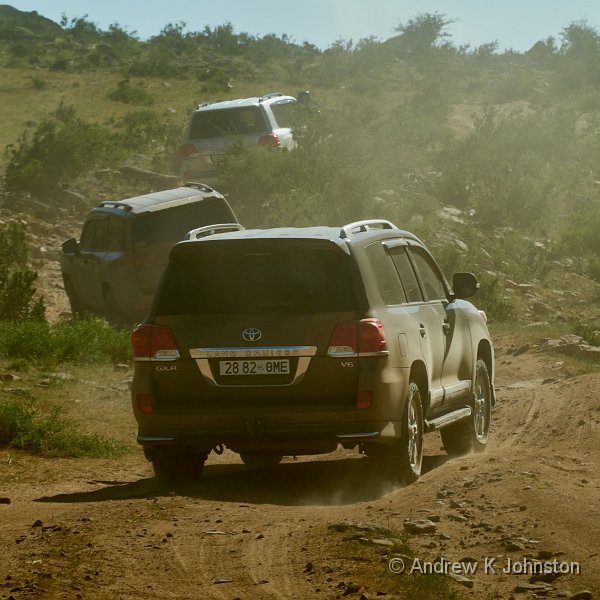


 Thoughts on the World (Main Feed)
Thoughts on the World (Main Feed) Main feed (direct XML)
Main feed (direct XML)